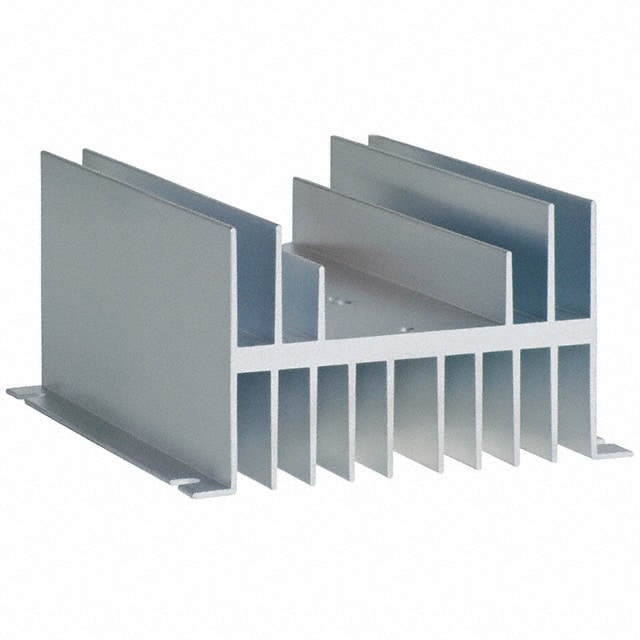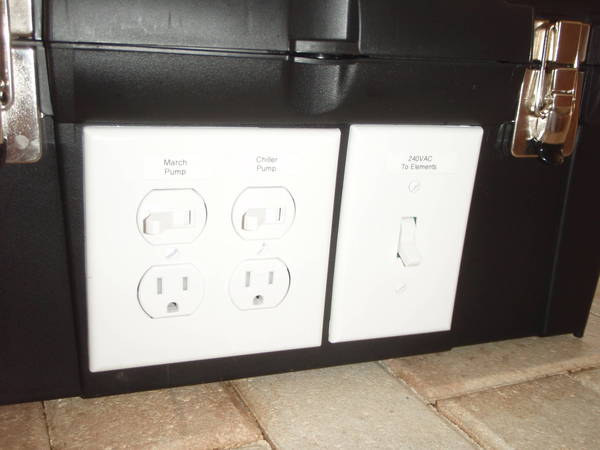SirJoshuaIV
Well-Known Member
I want to thank everyone in advance for the help on this. I have used this forum many times as a reference tool, and have great respect for everyone one here. It wasn't until now that I couldn't find what I was looking for, so I am now making my first post for help.
I am in the process of upgrading my current brewing system. I currently use a 3 vessel system that is has a sanke as my mash, and one for the HLT. I use a 15 gallon polarware for my boil kettle. The system is heated by propane. For my new system, I am building a 1bbl HERMS system, and plan to go all electric with this build. I will be using the boilermaker 55g for the kettle, and (2) 40 gallon kettles for the MT and the HLT.
The boil kettle will be heated with (2) 5.5kw elements, controlled by a single rotary voltage regulator, in it's own control box. This will be running off its own 60 amp breaker. My dilemma is finding a wiring diagram that will work for my HERMS, I am semi familiar with electrical, but not enough to jump into this with out a good diagram to work off of, with minor modifying if needed.
I am planning to heat the HLT with (2) 5.5 kw elements, or a 4.5kw and a 5.5kw, run off a 60amp breaker (separate from the boil). I would like to wire both elements to a single PID controller that will be able to turn them both on or both off depending on the set temp. I would also like to have rocker switches to be able to manually shut off each element. The mash pump will be controlled by a separate PID controller that has its own rocker switch.
Does anybody have a diagram for something similar to this? The only one I can find is for a (2) 2kw element system, (2) pumps, and a single PID, all run off 120. http://imageshack.us/f/194/auberinwiring1a4simple1.jpg/
I am in the process of upgrading my current brewing system. I currently use a 3 vessel system that is has a sanke as my mash, and one for the HLT. I use a 15 gallon polarware for my boil kettle. The system is heated by propane. For my new system, I am building a 1bbl HERMS system, and plan to go all electric with this build. I will be using the boilermaker 55g for the kettle, and (2) 40 gallon kettles for the MT and the HLT.
The boil kettle will be heated with (2) 5.5kw elements, controlled by a single rotary voltage regulator, in it's own control box. This will be running off its own 60 amp breaker. My dilemma is finding a wiring diagram that will work for my HERMS, I am semi familiar with electrical, but not enough to jump into this with out a good diagram to work off of, with minor modifying if needed.
I am planning to heat the HLT with (2) 5.5 kw elements, or a 4.5kw and a 5.5kw, run off a 60amp breaker (separate from the boil). I would like to wire both elements to a single PID controller that will be able to turn them both on or both off depending on the set temp. I would also like to have rocker switches to be able to manually shut off each element. The mash pump will be controlled by a separate PID controller that has its own rocker switch.
Does anybody have a diagram for something similar to this? The only one I can find is for a (2) 2kw element system, (2) pumps, and a single PID, all run off 120. http://imageshack.us/f/194/auberinwiring1a4simple1.jpg/






![Craft A Brew - Safale BE-256 Yeast - Fermentis - Belgian Ale Dry Yeast - For Belgian & Strong Ales - Ingredients for Home Brewing - Beer Making Supplies - [3 Pack]](https://m.media-amazon.com/images/I/51bcKEwQmWL._SL500_.jpg)



































